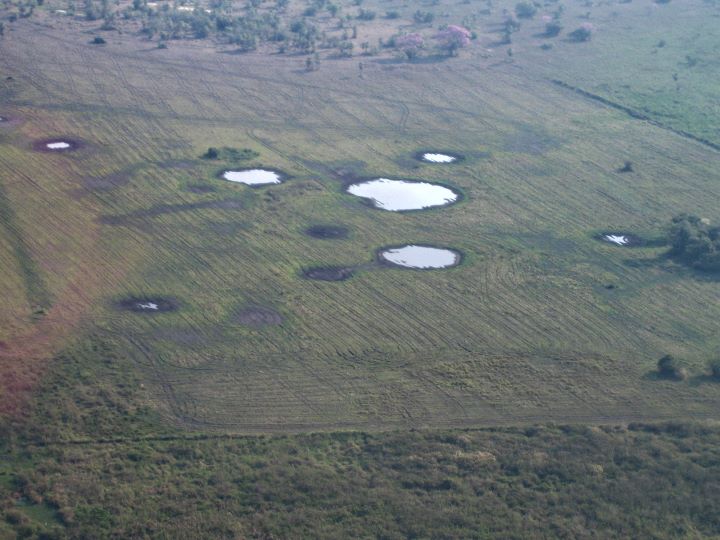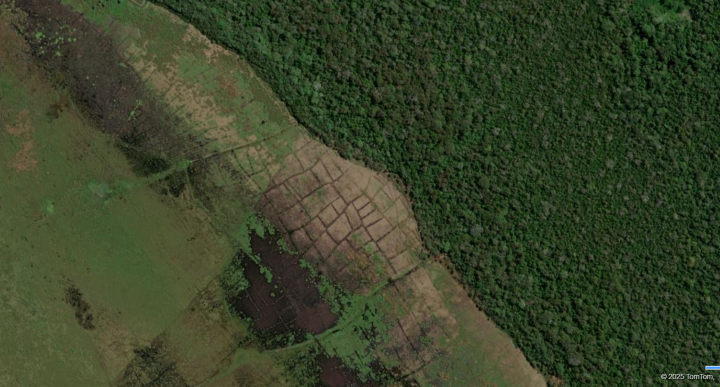An international team of researchers has recently discovered that an ancient civilisation in the Amazon developed a sophisticated agricultural engineering system that allowed them to successfully produce maize crops throughout the year.
The findings published in the journal Nature reveal that the Casarabe people of Bolivia's Llanos de Moxos took this innovative approach which enabled them to cultivate the grain all year round, challenging earlier theories that dismissed intensive monoculture agriculture in this region.
The research was conducted by experts – including Dr Marco Raczka, Assistant Professor in Palaeoecology in the University of Nottingham's School of Geography – with colleagues from the Institute of Environment Science and Technology (ICTA-UAB) and Prehistory Department at the Universitat Autònoma de Barcelona (Spain); the Universities of Exeter, Oxford, Reading and Southampton; and the University of São Paulo (Brazil) and Bolivian institutions.
Our findings challenge the long-held assumption that large-scale maize cultivation was unsustainable in the Amazon. The Casarabe people's innovative water management system allowed them to thrive in a challenging environment, demonstrating a level of agricultural sophistication previously underestimated."

Llanos de Moxos, which was inhabited by the Casarabe people between 500 and 1400AD, was both a tropical lowland savannah marked by intense rainy seasons and seasonal flooding, and an area which experienced long droughts.
Despite these extreme conditions the civilisation flourished here by implementing a variety of engineering techniques that included drainage canals and farm ponds. During the rainy season, the Casarabe people diverted the excess water away from cultivated fields, which prevented waterlogging. During the dry months, the farm ponds functioned as reservoirs and ensured a consistent supply of water for irrigation. This strategic approach drastically increased their maize yields, making the crop a staple of their year-round diet.

Dr Umberto Lombardo, an environmental archaeologist at UAB who led the study, identified this unique agricultural infrastructure – a dual water management system which enabled at least two harvests of maize per year which was essential for sustaining a relatively large population.
"This intensive agricultural strategy indicates that maize was not only cultivated but was likely the staple crop of the Casarabe culture," explains Dr Lombardo.
These conclusions were made possible through meticulous fieldwork combining techniques such as microbotanical analysis, remote sensing, and environmental archaeology. The analysis of 178 phytolith samples (plant microfossils) and pollen from a farm pond confirmed the presence of maize in the fields and the crucial role of maize monoculture in the diet of this pre-Columbian society. "The data shows the absence of other types of crops," Dr Lombardo added.
"We can document that this is the first grain-based agrarian economy in the Amazon, where until now it was believed that agriculture was based on agroforestry polyculture and not on large-scale monocultures. Now we know that, in the Llanos de Moxos, this was not the case."
The research not only sheds light on the technological capabilities of pre-Columbian civilizations but also offers valuable lessons for modern agricultural sustainability. This discovery is a testament to the ingenuity and adaptability of the Casarabe people, who thrived due to their ability to design long-term sustainable agricultural solutions in an adverse environment.






